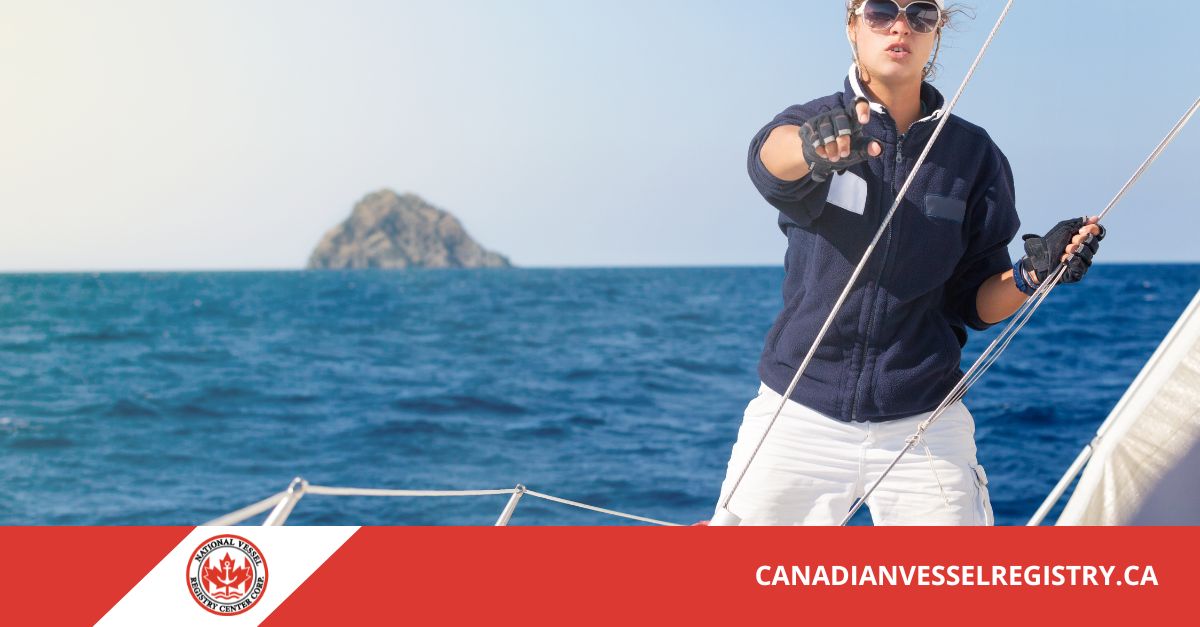The call of the open sea beckons to many, with dreams of setting sail on a boat that captures both heart and spirit. If your maritime quest has led you to consider buying a boat in the US and bring it to Canadian shores, you’ll need to chart a careful course through the import process. The waters here can be both deep and daunting, yet with the correct navigational tools, the depths become much less intimidating.
What Boats Qualify For Import
Navigating the marketplace of vessels in the US can be thrilling, but remember, not all ships are meant to sail north:
- Age: Craft over the age of four decades—born before August 1st, 1981—sail through with lesser scrutiny, while the younger fleet must meet Transport Canada’s rigid standards.
- Origin: The flags of trade agreements such as the USMCA may bless certain vessels with a duty-free passage.
- Use: The distinction between pleasure crafts and commercial vessels can mean the difference between smooth sailing and turbulent regulatory waters.
Necessary Paperwork
Chart a course true with a locker full of the proper papers:
- Bill of Sale: This is the ledger of your maritime transaction, complete with the financial details of the trade winds that brought you and the seller together.
- Proof of Ownership: A logbook showing your vessel’s ownership history through registration papers or titles is essential.
- Manufacturer’s Statement of Compliance: For the modern ship, this parchment assures the authorities of your compliance with safety protocols.
- Recall Clearance Letter: Hoist a letter to show your boat is free of past recalls and ready for new horizons.
Detailed Breakdown Of Taxes, Duties, And Fees
Keep an eye on the financial squalls ahead:
- Duty: If crafted by US hands, your ship might float by duty-free; others may encounter a levy at the border.
- GST/HST is a tax that applies to all imported goods based on the value of your newly acquired vessel.
- Provincial Sales Tax (PST): Varies port to port—know the rates in your coastal province.
- Brokerage Fees: Knowledgeable brokers deserve their gold for navigating import complexities.
Potential Pitfalls And Delays
Mind the unknown depths:
- Incomplete Paperwork: It can lead to unnecessary delay or even the quarantine of your vessel.
- Hidden Damage: A keen-eyed inspection reveals what lies beneath, allowing you to avoid costly hidden scourges.
- Environmental Regulations: Heed the call of Canadian standards and ensure compliance to avoid fines and delays.
- Long Wait Times: Prepare for the bustling border currents during peak seasons by planning ahead.

How Canadian Vessel Registry Can Simplify The Process
Consider us your loyal crew skilled in the age-old art of navigation through bureaucratic seas:
- Expertise: With charts and knowledge born of experience, we steer you clear of the rocky shoals of regulation.
- Guidance: We stand as your lighthouse in misty harbors of paperwork.
- Efficient Processing: Swift currents and fair winds are what we promise to expedite your voyage.
Additional Tips On Buying A Boat In The Us
Heed these sailors’ omens as you pursue your nautical purchase:
- Pre-purchase Inspection: No captain sets sail on unsound timber; inspect thoroughly.
- Exchange Rates: Weather the shifting tides of finance by watching over currency ebb and flow.
- Transport Quotes: Calculate the voyage cost homeward, including all seafaring expenses.
At National Vessel Registry Center, we stand ready as the North Star for those intent on buying a boat in the US. With our guide, you can confidently anchor the American dream into the heart of Canada, backed by our expertise and assistance. Chart your course to our website, and we’ll ensure that every detail is shipshape so you can set sail on your Canadian adventure with joy and peace of mind.
